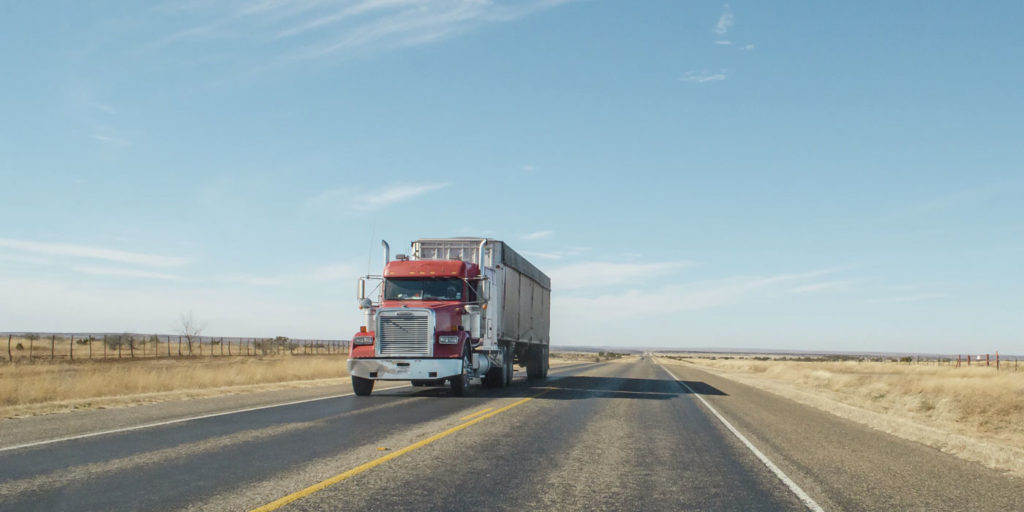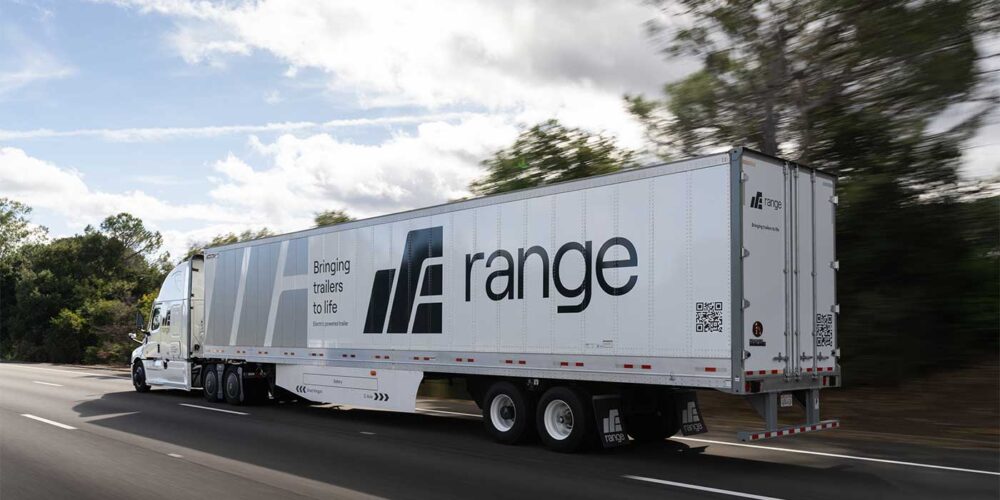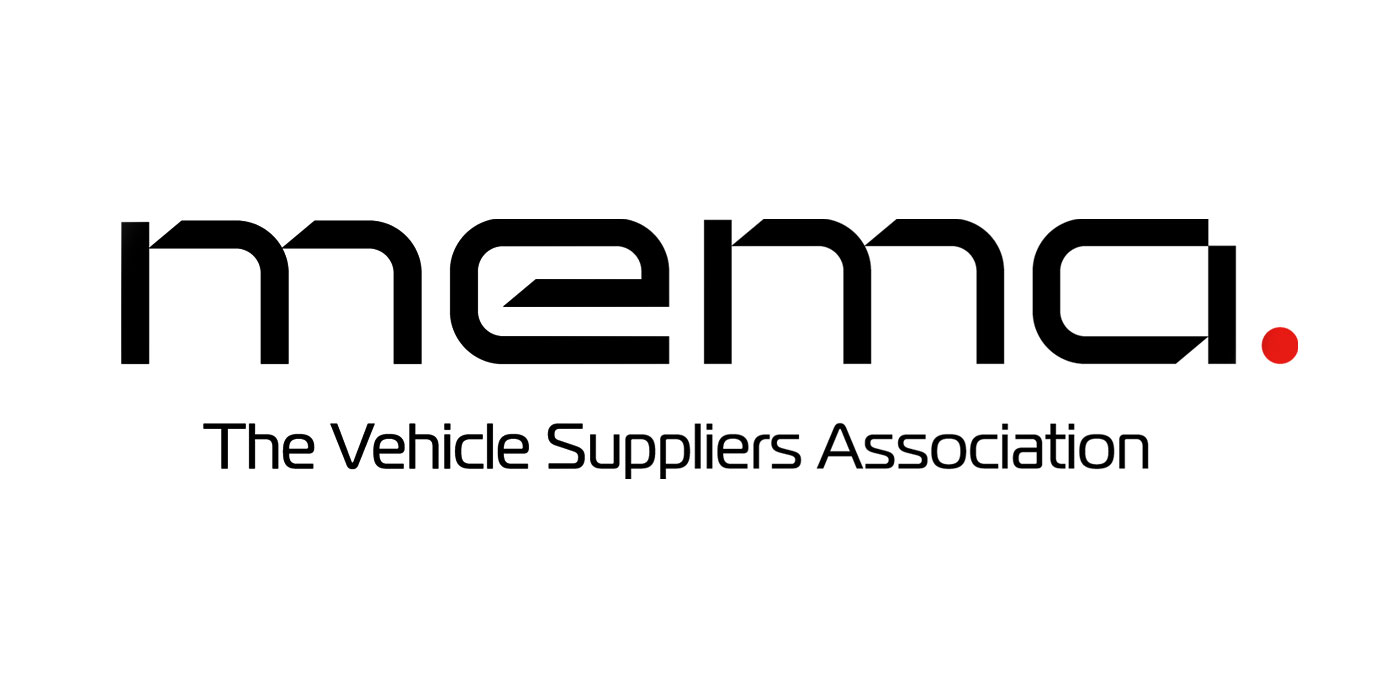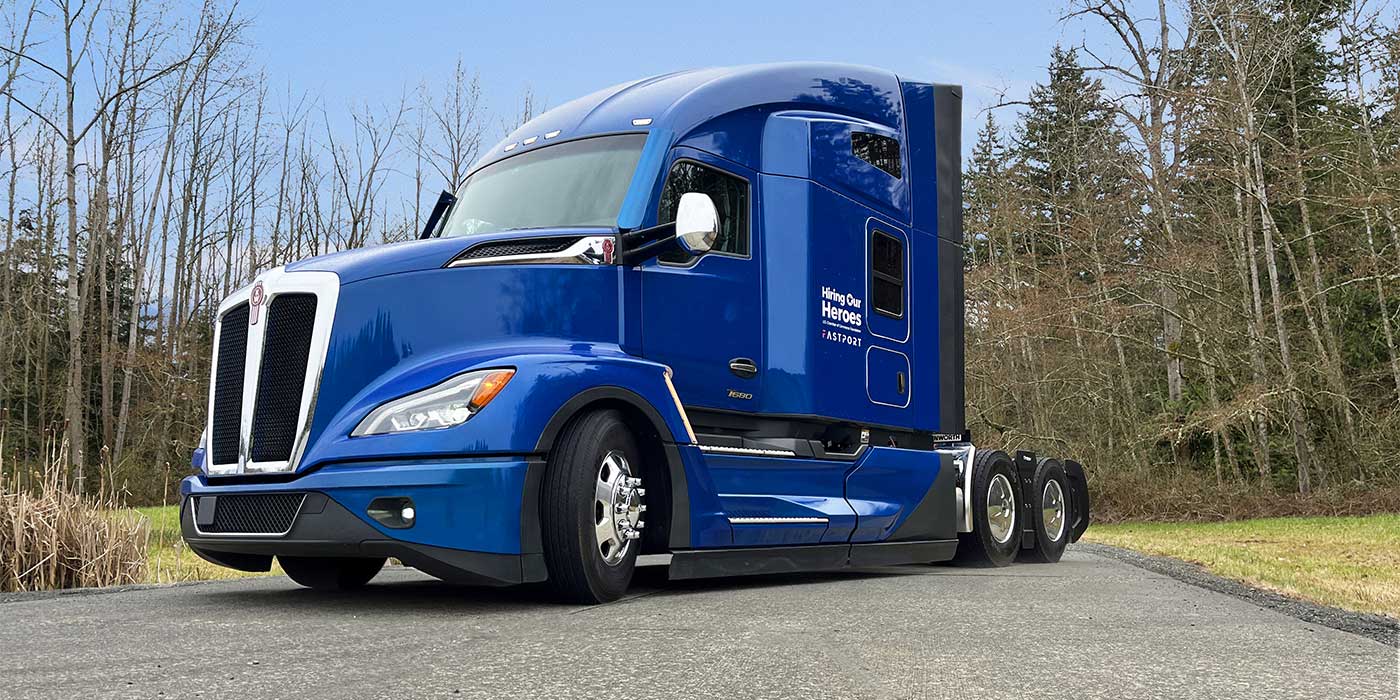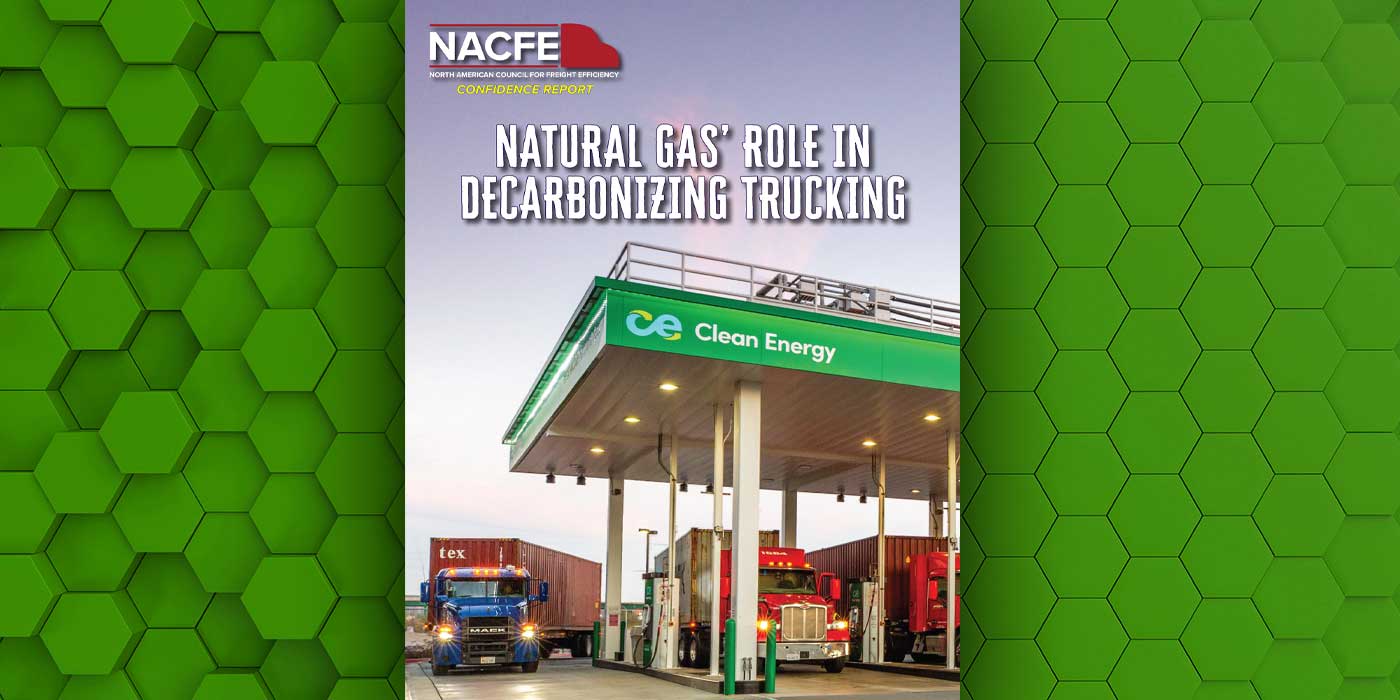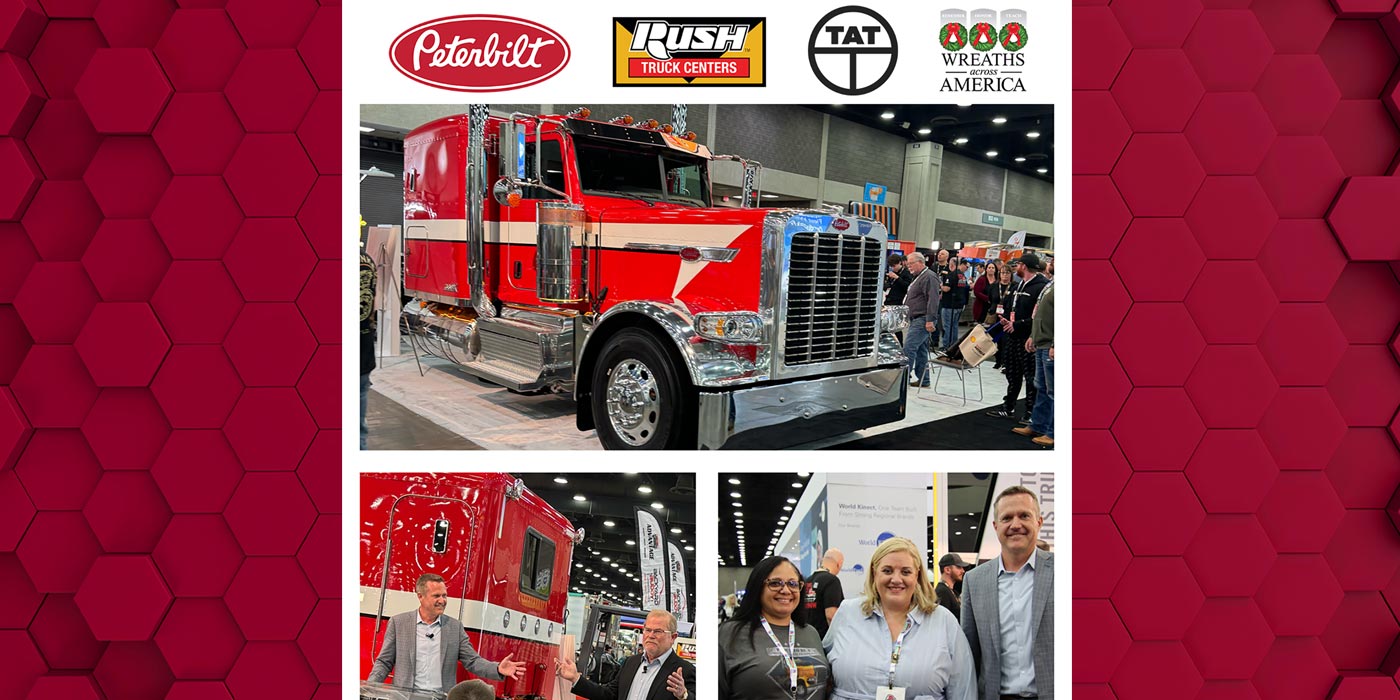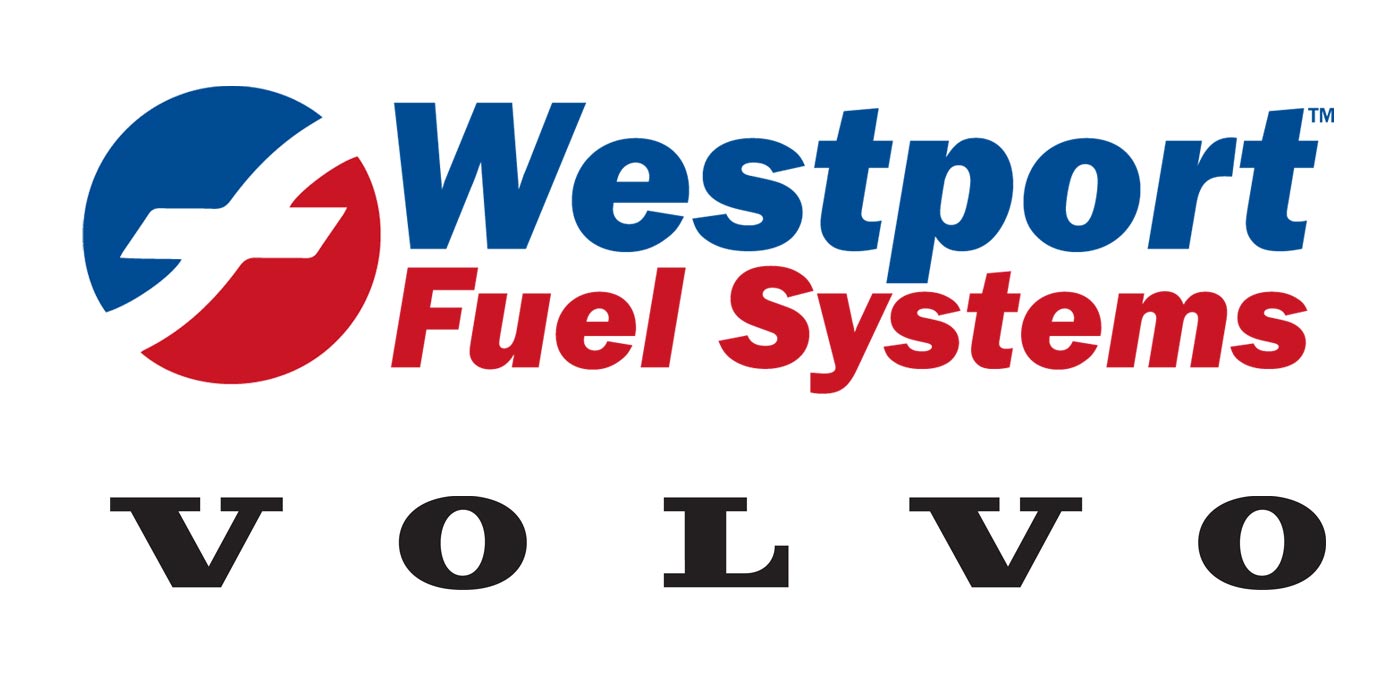According to ACT Research’s latest State of the Industry: NA Classes 5-8 Report, with total Classes 5-8 build rates flat sequentially and essentially stuck at the year-to-date average, the supply-demand setup for the entire industry remains unchanged: Despite rock-solid demand metrics across the spectrum of medium- and heavy-duty vehicle types, industry capacity remains range-bound across a broad front of supply-chain constraints.
Speaking about the supply chain constraints and commercial vehicle build, Kenny Vieth, ACT Research’s president and senior analyst, said, “While shortages span multiple commodity types, semiconductors remain at the heart of supply challenges. And, those constraints are neither localized nor CV industry-specific challenges, but reflect a continuation of pandemic-driven failures in a globally reliant web of interrelated supply chains. On the positive side of the ledger, in the recent round of Q3 earnings calls, major global automotive CEOs were uniform in their belief that the semiconductor shortage likely bottomed in the September-October period.”
About commercial vehicle demand, Vieth commented, “With long backlog lead-times, the focus deservedly remains on the industry’s ability to get vehicles delivered to customers. That said and with orders moderating in what would typically be the biggest months of the year, it is important to recognize that demand-side indicators remain at/near best-ever levels for commercial vehicle demand.
“While 2021-2022 expectations for GDP growth have moderated on rising inflation and supply-chain hiccups, economic strength is broad-based and concentrated in goods-related activity, with freight remaining backlogged at the nation’s ports and railroad intermodal capacity constrained,” he continued. “From that, freight rates continue to rise, and used truck prices and carrier profitability have risen to record levels.”

